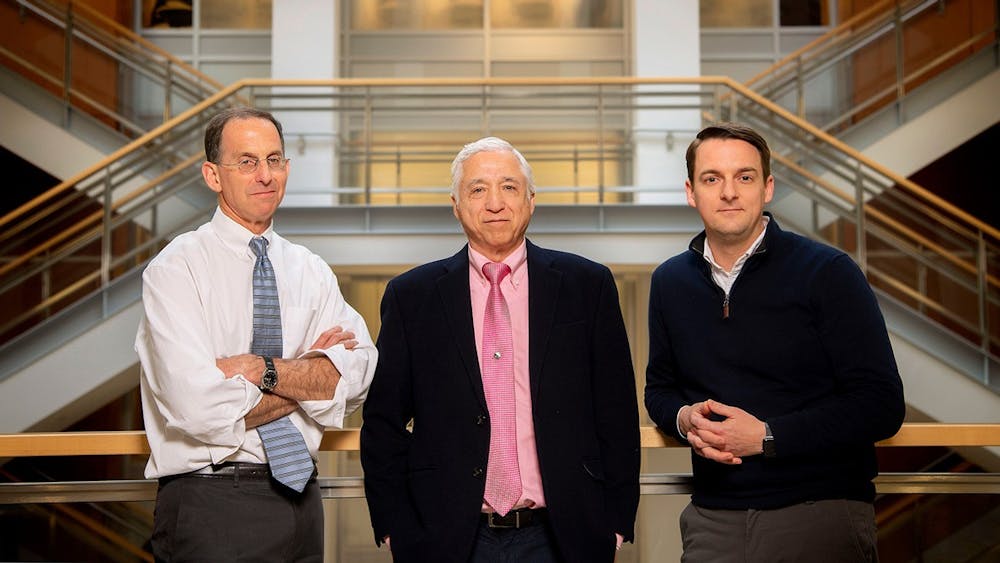A collaboration between UNC, Emory University and Qura Therapeutics has allowed for a breakthrough in HIV cure research.
The new research at UNC's HIV Cure Center involves a discovery that could reveal and reactivate latent cells, which when paired with clearance strategies have the potential to purge the HIV reservoir and achieve a cure.
Latency refers to HIV’s ability to exist in a silent form once it integrates into the host cell genome, said Dr. Ann Chahroudi, associate professor of pediatrics at Emory and director of the Center for Childhood Infections and Vaccines at Emory and Children’s Healthcare of Atlanta.
“We were able to reverse SIV latency in rhesus macaques and HIV latency in humanized mice and the mouse work was all done in Victor Garcia-Martinez’s lab at UNC,” Chahroudi said.
Chahroudi said the team of researchers also tested on monkeys, finding similar results as the humanized mouse model. She said these consistent results confirmed the team's confidence in their ability to reverse latency cells.
It is important to note that a pill to cure HIV is not simply around the corner, Dr. David Margolis, director of the UNC HIV Cure Center, said.
Some of the challenges of the virus include how it integrates itself into the genetic material of human cells, Chahroudi said.
"In a way, it becomes a foreign gene that is living in the human cell," Margolis said. "That cell looks like any other cell in the body, so there is no drug or immune response that can see it. Once the sleeping virus is re-awoken, it spreads."
The long-lived persistence of the HIV virus in the body makes it difficult to eradicate, due to latently infected cells that escape the body’s immune system, according to UNC's HIV Cure Center.



